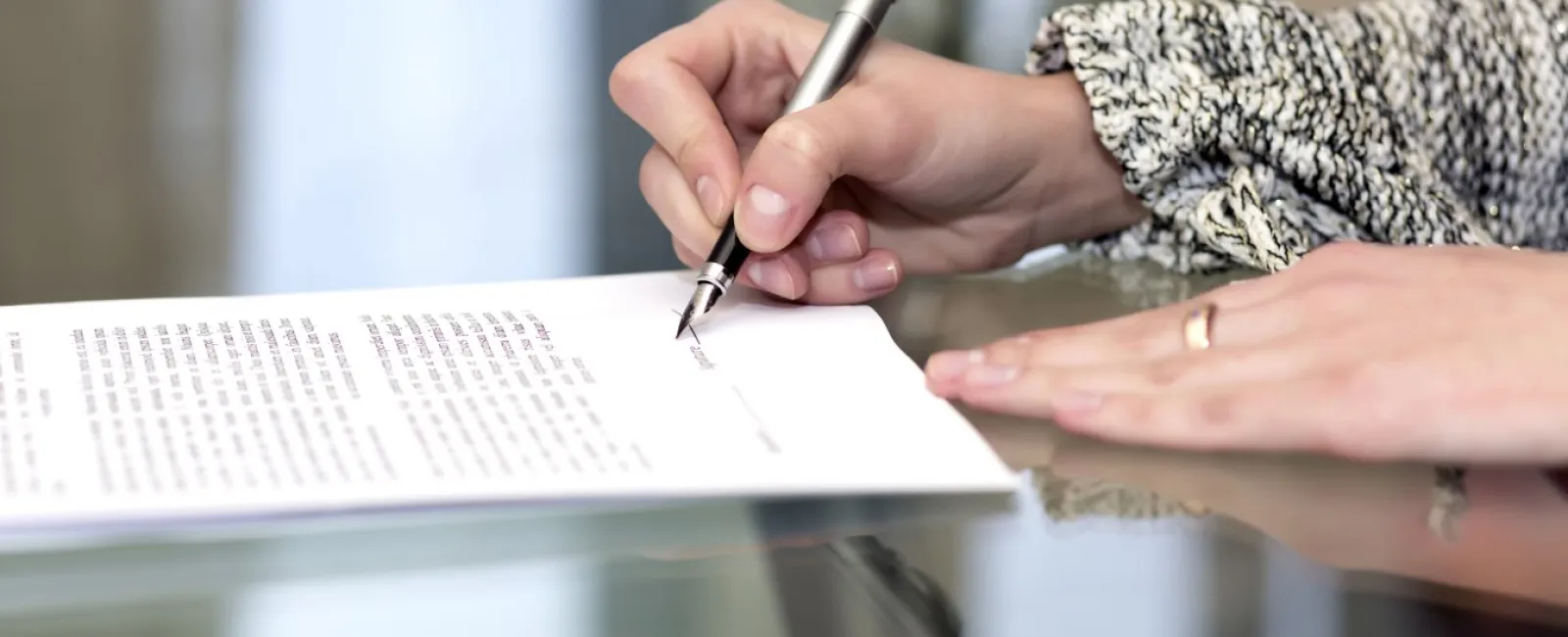Our firm recently represented a client who prevailed at a restraining order hearing. Restraining order hearings are much like a “mini bench trial” in that witnesses are put on the stand to testify, documents are submitted into evidence, and the judge hearing the matter rules at the end of the proceeding. It is important to treat these hearings with the respect and preparation that one would have for trial preparation.
This particular hearing, like many other hearings and trials, came down largely to an issue of who to believe. Our client had one story, and the opposing party had another. Unfortunately, the opposing party also had witnesses that would allegedly support her story. However, upon cross-examination the opposing party’s testimony began to fall apart. By making her walk through every setting and encounter that she testified to, and making her explain the details (the “who”, “what”, “when”, “where”, “why”, and “how”) multiple holes began to appear that made her story lack in credibility. We were then able to magnify those holes and inconsistencies, causing her demeanor to change noticeably for anyone watching.
Despite a good cross-examination, the most important part of the hearing was the testimony offered by our client. We cannot say this with enough emphasis; clients need to be thoroughly prepared to testify prior to taking the stand. In this particular case the proceedings happened quickly, so there was limited time prior to the hearing. Nevertheless, we put our client through a mock cross-examination because clients often times come across as shaky and lacking in confidence. This is largely due to nerves and the fact that people are not used to being “grilled” by an attorney. However, by the time our client took the stand a day later, he was assured, believable, and able to tell his story clearly and accurately. His testimony, contrasted against the opposing party’s evasiveness and anxiety, tipped the scales in his favor.
A client once told us “some people know how to lie better than other people tell the truth”. That is obviously a cynical yet sometimes true aphorism. The remedy to this is to ensure that people who are telling the truth know how to do so as comfortably, confidently, and capably as possible while testifying in front of a judge and/or jury. In order to do that, the uncomfortable questioning should come from the client’s own lawyer prior to the hearing.
